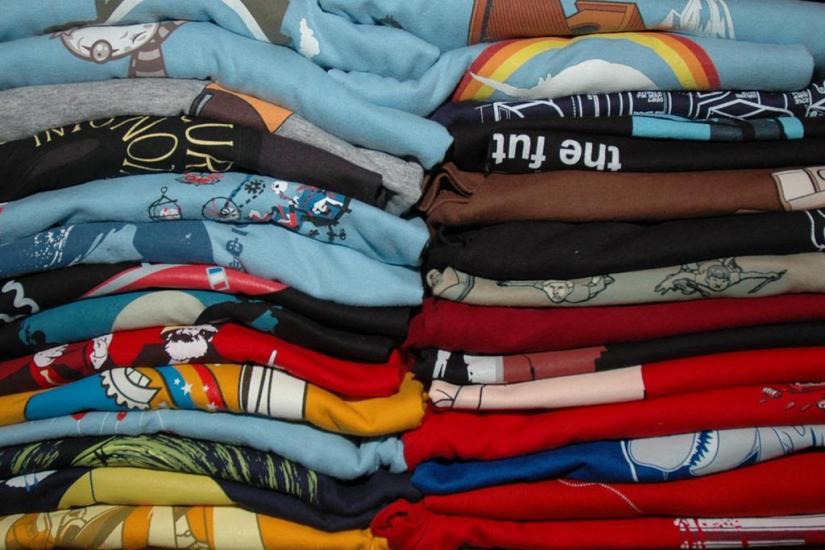
Image: Flickr / Susan
Evaluating the commercial potential for new product designs is challenging – think drop-crotch pants or gold sneakers – who knew they’d be a hit? But new research reveals crowdsourcing could be the key to helping companies hit the jackpot.
A study led by Dr Ping Xiao from UTS Business School and Dr Anirban Mukherjee from Singapore Management University, shows crowdsourcing can accurately predict which products will be commercially successful, before producers embark on the costly process of manufacturing an item – with perhaps one exception.
“Fashion cycles are becoming shorter. By the time you get information back from traditional market research, trends may have moved on. The leopard print shirt you thought would be a hot item is suddenly passé,” Dr Xiao says.
US t-shirt and apparel company Threadless takes a different approach. They ask artists from around the world to submit designs, with visitors to the website scoring each design. The company was one of the first manufacturers to develop crowdsourcing as a business model.
At Threadless, designs with the highest score are then produced and sold. But it wasn’t known whether the crowdsourcing approach to choosing designs also predicted financial success – whether a higher rating for a design equated to more people buying the product.
The research team examined data from six years of sales at Threadless, from 2004 to 2010. This included 150,000 designs, from 45,000 designers, which had received nearly 150 million votes from 600,000 visitors.
They found that designs with a positive rating – four or five stars – predicted higher sales, and designs with neutral ratings – two or three stars – predicted lower sales. Greater engagement also predicted better sales.
However, designs that received a low score – one or two stars – were a little more confounding. A negative rating didn’t always predict low sales.
“Surprisingly, designs that garner a strong reaction, even if it is negative, can sometimes be popular with purchasers,” Dr Xiao says.
“For example, a t-shirt with a rude or offensive image might encourage a negative score, but still be popular from a sales point of view.”
So while companies can safely allocate greater resources to designs with higher ratings, knowing that these items will produce strong sales, they have to be careful with negative ratings.
Despite this, the results show that encouraging customers to help decide inventory can provide big wins for both consumers and businesses.
“Crowdsourcing opinions on new products provides fast feedback, allowing companies to quickly bring popular products to market. It also helps build a community of engaged customers and this can save on advertising costs,” Dr Xiao says.
“It might not be applicable for all brands, particularly high-end fashion, but for producers of items like sneakers or t-shirts this approach can be very effective.”

